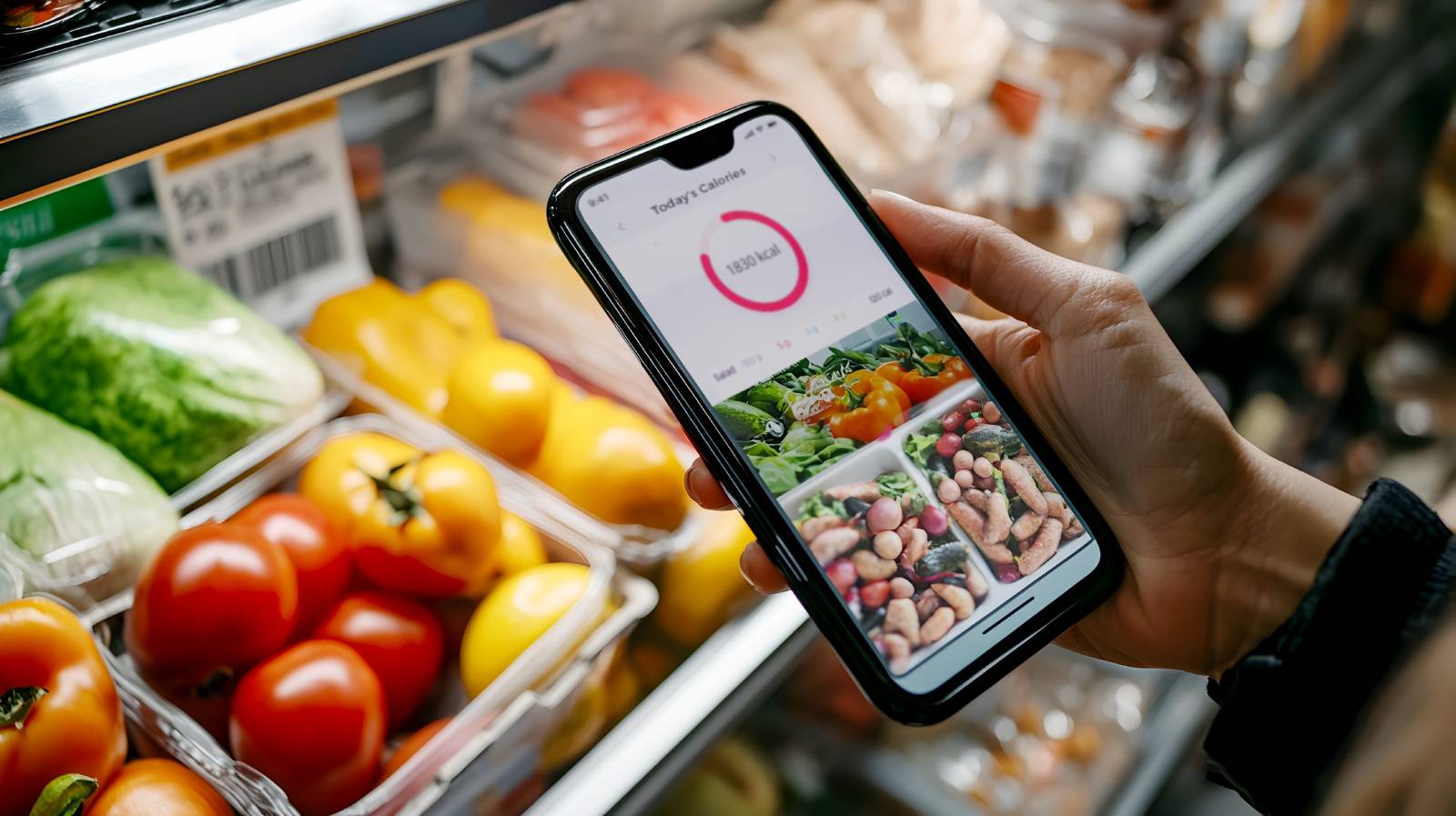The global food industry is striving to balance multiple priorities. It’s grappling with how to provide nutritious food while conserving resources—and meeting evolving consumer demands.
Changes in the food sector impact farmers, traders, manufacturers, retailers and the public sector. Their cooperation, innovation and convergence increase—and bring new opportunities. Our recent research indicates that by 2035, the 'How we feed' domain could achieve a baseline gross value added of US$9.88 trillion. There’s also a potential to reach US$10.35 trillion in the best-case scenario.
Central and Eastern Europe is no exception. This shift offers huge opportunities for our market—but is the food industry ready to seize them? What do they need to know about customers to do that?
The CEE edition of our Global Voice of the Consumer Survey unpacks current food buyer habits while looking to a future of food that’s health-focused and tech-driven.
We’re seeing a complex interplay of financial constraints, health aspirations and a keen eye for value. This is redefining how people shop, eat and think about food.
Consumers in CEE are feeling financial pressure more than their global counterparts. They’re concerned about the cost of living, economic instability and geopolitical conflict. Around half of food shoppers in CEE rank these issues among their top three concerns. What sets CEE apart from the global averages is heightened awareness of geopolitical risks (44% vs 27%).
Learn more about consumer preferences and food industry trends in CEE
Contacts
Natalya Lim




